- News
- Reviews
- Bikes
- Accessories
- Accessories - misc
- Computer mounts
- Bags
- Bar ends
- Bike bags & cases
- Bottle cages
- Bottles
- Cameras
- Car racks
- Child seats
- Computers
- Glasses
- GPS units
- Helmets
- Lights - front
- Lights - rear
- Lights - sets
- Locks
- Mirrors
- Mudguards
- Racks
- Pumps & CO2 inflators
- Puncture kits
- Reflectives
- Smart watches
- Stands and racks
- Trailers
- Clothing
- Components
- Bar tape & grips
- Bottom brackets
- Brake & gear cables
- Brake & STI levers
- Brake pads & spares
- Brakes
- Cassettes & freewheels
- Chains
- Chainsets & chainrings
- Derailleurs - front
- Derailleurs - rear
- Forks
- Gear levers & shifters
- Groupsets
- Handlebars & extensions
- Headsets
- Hubs
- Inner tubes
- Pedals
- Quick releases & skewers
- Saddles
- Seatposts
- Stems
- Wheels
- Tyres
- Health, fitness and nutrition
- Tools and workshop
- Miscellaneous
- Buyers Guides
- Features
- Forum
- Recommends
- Podcast
feature
1x vs 2x: Are single chainring set-ups the future of road cycling or just another marketing fad?
After a difficult few years, punctuated by the lukewarm response to 3T’s brief assault on the pro peloton in the late 2010s, 1x drivetrains have become increasingly popular on road bikes in recent times, buoyed by their appearance at this year’s Tour de France and world championships on the bikes of Jumbo-Visma riders like two-time yellow jersey winner Jonas Vingegaard.
But are we witnessing another disc brake-esque revolution in bike technology and how the humble road bike is traditionally set up? To find out, we’ve been putting in the miles comparing single and double chainring setups, in order to find out whether the ever-divisive 1x really is a viable alternative for gain-seeking, road-going amateurs...
> Jonas Vingegaard uses 1x gearing for Tour de France opening stages
After watching defending champion Vingegaard opt for a 1x groupset during the opening phase of the Tour de France and just about all his Jumbo Visma teammates use one at this year’s world championships in Glasgow, you might be wondering if single chainrings do indeed represent the future of road cycling.
After all, new tech does tend to trickle down from the upper echelons, while the technology has proved very successful on gravel and mountain bikes (and this wouldn’t be the first time we’ve nicked tech from our muddy counterparts, of course).
So, to find out once and for all if 1x is finally at a point where it’s a genuine competitor to the trusty double, I’ve switched my own bike, a Specialized Allez Sprint (below), over to a single chainring setup as part of a head-to-head road test that will put both systems through their paces, and determine the advantages, disadvantages, and important things to consider if you’re feeling swayed by the 1x revolution.
The advantages of 1x on the road
As we've mentioned many times before in previous articles, a 1x setup does bring plenty of plus points, especially to pro teams looking for every marginal gain (apologies).
And according to JP McCarthy, product manager at Sram, one of the main players in the 1x road market, there are four main benefits from swapping the traditional 2x for a single chainring set-up.
“First is the weight, as you eliminate the small chainring and the front derailleur, but it also depends on the size of the cassette,” McCarthy tells us.
“There is also a difference whether it’s a classics or a climbing day. On a classics day, if you combine a single chainring with a cassette that is wide enough to handle the day’s challenges, then you have a much more efficient shifting system, as there is no front shift.
“On a climbing day, you will have better efficiency as you’re using a bigger ring and a bigger cog size [more on that in a minute], which requires less chain articulation and results in some minor efficiency gains.”
The third main benefit, McCarthy says, is the aerodynamic advantage derived from removing the front derailleur and only having one chainring, while he also notes that chain retention is “better on 1x than 2x”.
McCarthy goes on to explain that other features that might appeal are the fact that a 1x system allows “less cross chaining at the extremes”, due to the single chainring being in the centre of where the inner and outer rings would sit, resulting in “simpler shifting” – “eliminating front shifts is a pleasure,” he says – and better aesthetics for the style-conscious among us.
The drawbacks
Clearly, if there were no disadvantages to using a single chainring on the road then this wouldn’t even be a debate, would it, so here’s a quick run-through of what we see as the main drawbacks:
For a start, you have fewer gears: typically 12 on the latest road bike, compared to 24 on a double-ring setup. Though as we’ll discuss in a minute, this might not be quite as bad as it sounds.
Bigger jumps between gears: To get the required range of gears to make it over steep climbs you generally need a larger cassette. This means you’ll have to put up with bigger gaps between each gear as you have fewer sprockets to satisfy the same range.
The weight saving isn’t exactly huge: We’ve done the maths on the Sram Red AXS setup that I’m running on my Allez, which saw 165g saved by ditching the front mech, while the 48T aero chainring is also 24g lighter than the Red AXS double setup.
However, on my set-up I also had to add 31g for the Wolftooth Aero chain guide and then an additional 35g for the difference between the Force AXS 10/33T I would normally run and 10/36T cassette required for the desired range on 1x. That results in a measly weight saving of just 123g – and the difference would be even less if I was using a Sram Red 10/33T cassette. (Sram doesn’t currently make a Red-level 10/36T).
And when asked about the potential aero saving Sram told us that the jury’s still out, despite the perceived aero gains from removing the front derailleur.
“We have data that indicates distinct advantages when the front derailleur and front derailleur hanger are removed. But quoting such data would be disingenuous,” they say.
“There’s far too much variation in that area of the bike to state any numbers with confidence. Although there’s an aero advantage to removing the FD, we encourage those who stand to gain the most from 1x performance advantages (i.e. professionals) to use a chain guide, which negates most of the aero benefits.”
1x vs 2x
With plenty of advantages and disadvantages then, what this debate really needs is a good old-fashioned road test – and that’s exactly what it got!
To help me out, my mate Tom, a firm 1x sceptic, brought along his matching Allez Sprint (he copied me) equipped with a far more conventional Shimano Ultegra semi-compact double-ring setup.
In his words (which may or may not have been spoken from a platform framed by cascading 1980s bike componentry): “It was time to put a stop to this nonsense – road bikes should have two chainrings. It gives you a greater range of gears, it means there are smaller gaps in between the gears and oh wait, it’s worked perfectly fine for, well I don’t actually know how long, but a really long time.”
Meanwhile, as the final few strains of the national anthem faded into the breeze, all I was hearing was that he was stuck in the past and probably still thinks that downtube shifters are the pinnacle of cycling technology.
Could I convince this steadfast traditionalist that 1x is a very real prospect for road riding in 2023?
To make him slightly happier about the world moving on, I let Tom choose the route, and predictably it was hilly. But little did he know that I was well-equipped to cope with both the inclines and descents.
In fact, I soon managed to quash the misconception that I had any less range of gears – my 1x groupset actually had a greater range than his Ultegra, which was set up with a fairly typical 52/36 front chainring and 11-28T cassette. Oh, and here’s the maths to prove it...
The numbers in the red boxes represent the gears that I have on my 1x groupset and the ratios in pink are the ones that Tom does. The difference between my largest and smallest gear, or in other words, the range, is 3.47, ever so slightly higher than the range of 3.44 of this particular double chainring setup.
I’m confident that, with Sram’s introduction of the 10T cassette sprocket, it is possible to get the required range on a 1x setup, no matter the terrain.
With a smallest gear ratio of 1.29, compared to my 1.33, Tom did have an ever so slightly higher cadence on the really steep stuff. However, on the descents I had the edge with a gear ratio closer to a 53/11 rather than 52/11. For day-to-day riding, I’d probably change my setup to a 46T ring at the front as it’s rare that I’m in a position of needing to pedal at 60kph+ when not racing.
You might have noticed that there are a lot more numbers with pink boxes around them than red, and this was the basis for Tom’s next argument, having been thwarted on the descents and hills.
Tom’s double chainring R8070 Di2 groupset is equipped with 22 gears – a full 10 more than mine. That difference would be even larger if he was on the latest Di2 or Sram AXS groupset, but I was confident that he had less usable gears than he thought… let me explain!
Once again, looking at the table above you will notice that there’s a serious overlap between the ratios provided by the two chainrings. Yes, there are 22 unique ratios but how many of them are legitimately useful? For example, I can’t think of many people who actively ride around in the 36/11 – in fact, on most Di2 groupsets it’s impossible to select the smallest few sprockets when in the little ring.
A little overlap between big and little rings is useful, as it means you’re not constantly switching between the two chainrings, but the maximum number of upward shifts (selecting a harder gear each time) on Tom’s typical 2x groupset is 17.
Where do we go from here?
After a solid month or so of riding with the 1x groupset, I think I’ve managed to convince even traditionalist Tom that it is a viable option for most road rides.
But, to paraphrase a journalist from an entirely different industry, have I seen cycling’s future, and is it 1x?
Well, personally, I think that single chainring set-ups will become a lot more popular on the road, but I don’t think they’re going to emulate the phenomenon we saw with disc brakes, where the old, seemingly unshakeable tech was almost completely replaced in just a few years.
I’m confident that you will continue to be able to purchase 2x for the foreseeable future, if that better suits your riding.
Posing the same question regarding possible 1x world domination to Sram, who have made no secret of the fact that they’re big fans of the single chainring, product manager McCarthy told us: “In its current forms, I reckon we’ll see a modest increase of 1x usage on pavement for WorldTour (and those who aspire to the WorldTour) for specific cases, such as time trials, uphill time trials, relatively flat races. WorldTour teams have found advantages in a wide range of 1x setups to meet and exceed their performance needs. We expect to see more.
“More toward the middle of the consumer market, we anticipate seeing more ‘endurance/all-road/all-rounder’ bikes spec’ed with 1x as Original Equipment.”
However, he also noted that “we certainly don’t see 1x eclipsing 2x on road bikes, but 1x is increasingly popular amongst road riders for a wide range of reasons, from course-specific performance advantages to simpler shifting to aesthetics.”
After using 1x for several hundred miles now, I’m sold on its benefits. For general riding I love the simplicity and the range is more than enough – in fact, it matches the 2x setup that I was running previously.
Me and Tom are pretty keen riders but I also think that 1x a sensible option for cyclists who ride less regularly. For example, the other day my mum borrowed a bike with 1x on it and asked why all bikes aren’t like this. My mum, bless her, is someone who is yet to understand that a bike is not meant to rattle or squeak and when it does you should probably change gear and not cross-chain (okay, there's a debate to be had on whether cross-chaining is definitively a bad thing, but that's for another feature).
Either way, with 1x it is quite literally impossible to cross-chain, and in this situation we’re told it is actually more efficient.
In my opinion, there are clear benefits to a single chainring whether you’re a professional racer, keen amateur, or a less experienced cyclist.
> Review: Vielo R+1 Alto SRAM Force e-Tap AXS
However, I did have one more question for Sram: Would my drivetrain wear faster when using a single chainring?
McCarthy says there’s “no difference between 1x and 2x chain and cassette wear”, though he was unable to give a mileage figure because “debris is a greater contributor to chain wear than miles” (just another reminder for me to clean my chain when I get home!).
The jumps between the gears are a little bit larger and that is undeniably a disadvantage. On most rides I didn’t find this an issue and could find a natural and comfortable cadence.
However, if I raced on this bike, then I would definitely opt for a smaller cassette to close up those gaps at the expense of some range.
This is something that Jumbo-Visma, who have been using the 1x system over the last year, know all too well.
When pressed on the matter, the Dutch team told us: “In the world of professional cycling, every small adjustment can be crucial for performance. We recently decided to switch to a 1x setup, a decision driven by multiple considerations.
“First, there’s the aerodynamic advantage. By removing the front derailleur (FD) and using an aero 1x chainring, our bike cuts through the wind more efficiently. Then there’s the weight advantage. Eliminating the FD and the double chainring means less weight to carry, which is always a bonus, especially on climbs.”
“But it’s not just about what we remove, it’s also about what we add,” they continued. “By opting for a larger cassette at the rear, we can fit a chainring that’s big enough for flat terrain and yet small enough to be effective on climbs. This approach means we often ride in a ‘big-big’ gear setting, which is more efficient than the ‘small-small’ combination."
“Of course, with the 1x setup, we have fewer gear choices. But in practice, if the available gears are well-matched to the rider’s needs, the limited options are rarely missed.
“And let’s not forget reliability. Sram’s FDs are top-notch, but in a sport where every second and every risk counts, reducing the chance of mechanical problems by having fewer components is a tactical move. In essence, by choosing a 1x setup, we optimize our performance by improving efficiency, weight, and reliability – key factors in the race for success.”
Final Thoughts
> Should you run a 1x set-up on your road bike?
Whether you’re a pro, an amateur, or a beginner, we reckon that over the coming years, there’ll be more and more bikes shipping with 1x groupsets. However, unlike with the transition to disc brakes – where there’s now a seriously limited selection of new rim brake bikes – we think that 2x will remain an option for a good while yet.
And that is the perfect scenario really, because what’s better than having choice? Even Tom will find it hard to deny that there’s not a time and place for single chainrings, and unlike previous 1x efforts (AquaBlue we’re looking at you) we are now at a point where it’s a very real option for road bikes.
In reality, 1x is not a perfect solution to road bike gearing, but then neither is 2x. On that setup, you’re lugging around six or so gears which aren’t even useful to you – and at least with 1x every gear on the cassette is useful!
Let us know in the comments section below whether you’re intrigued to make the switch on your next bike...
Jamie has been riding bikes since a tender age but really caught the bug for racing and reviewing whilst studying towards a master's in Mechanical engineering at Swansea University. Having graduated, he decided he really quite liked working with bikes and is now a full-time addition to the road.cc team. When not writing about tech news or working on the Youtube channel, you can still find him racing local crits trying to cling on to his cat 2 licence...and missing every break going...
Latest Comments
- Freddy56 1 hour 39 min ago
The reflective nature of the fabric structure, in in a 2 layer sealed fabric-means moisture cannot pass thru, The breathability claim is lies.......
- HoarseMann 2 hours 51 min ago
Driver injured after car flips onto its roof https://www.bbc.co.uk/news/articles/cy0g9rpp8x9o
- mark1a 3 hours 9 min ago
I don't think he wants to talk about it...
- Rendel Harris 3 hours 38 min ago
Ach, dinnae fret...
- Matt Page 3 hours 46 min ago
The Prevelo Alpha Three on the main feature image is 20".
- eburtthebike 3 hours 58 min ago
£100 bonus.
- chrisonabike 4 hours 6 min ago
To be fair if this is our usual revenant they've got form in rewriting history...
- chrisonabike 4 hours 7 min ago
"At the going down of the sun, and in the morning, we will remember them ... we have to because some numpty destroyed the roll of names"....
- hawkinspeter 6 hours 12 min ago
Looks like some Barton Hill residents don't want the Liverpool Neighbourhood or at least not Marsh Lane to be a no-through-road:...

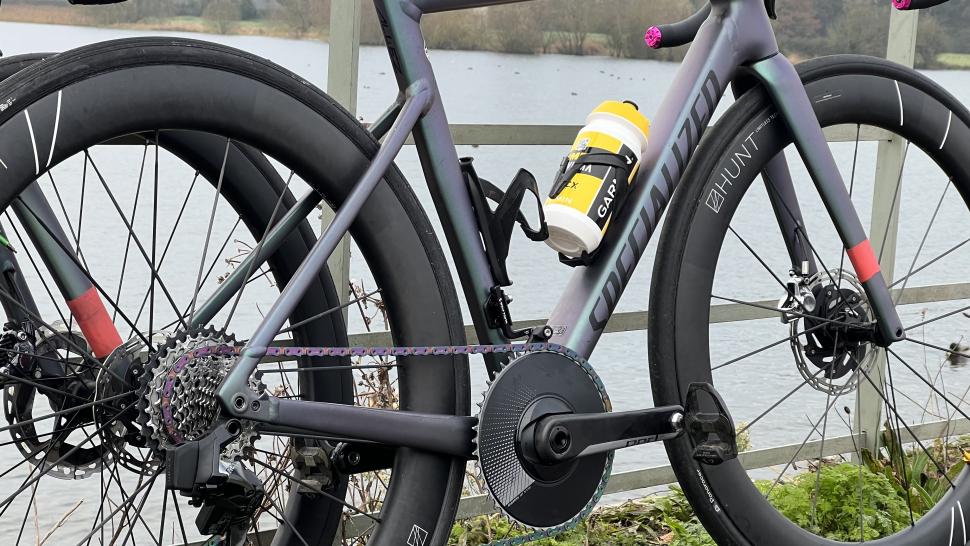

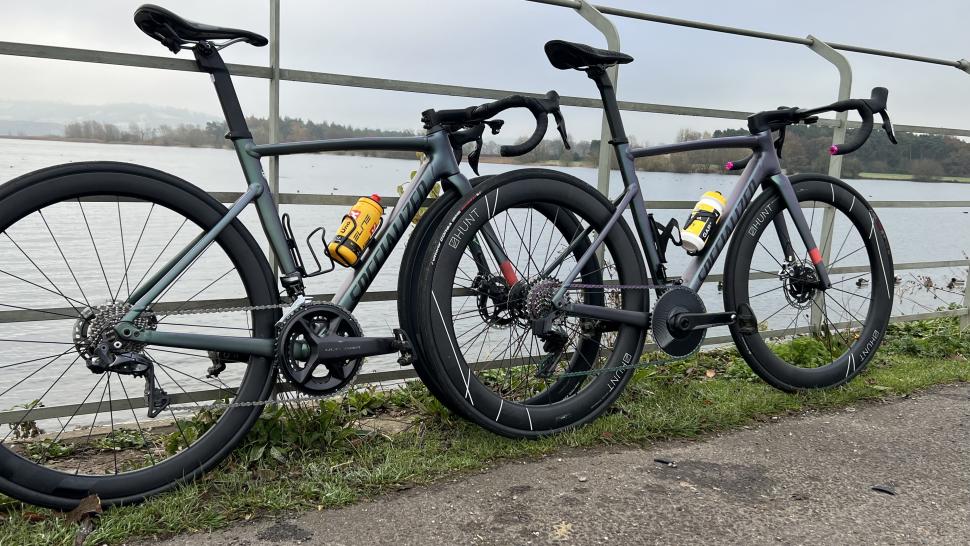

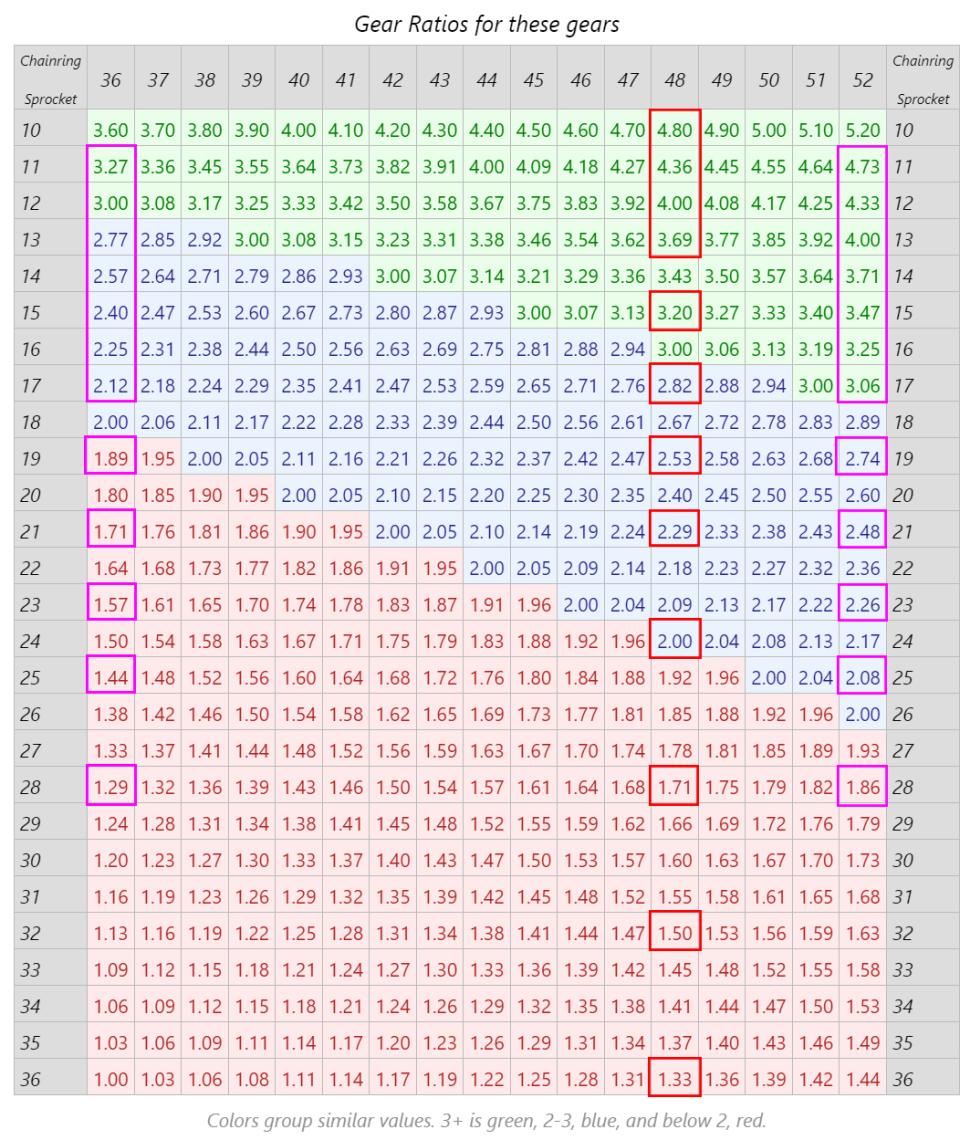

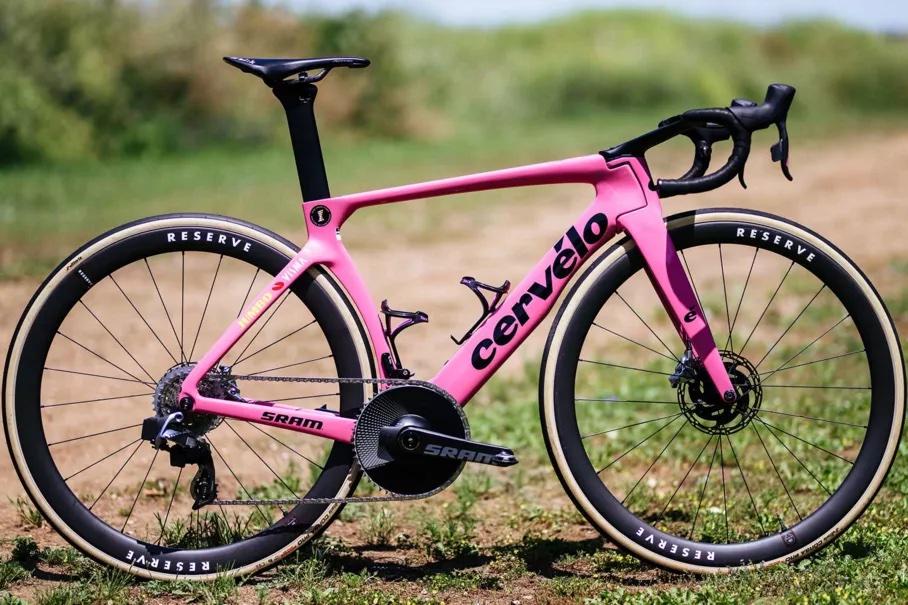
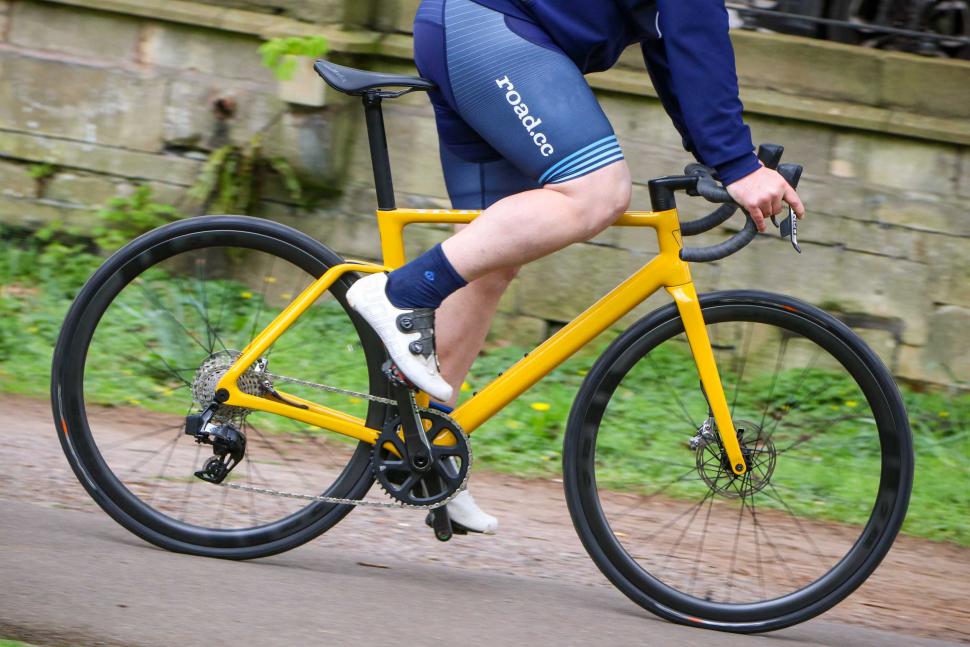
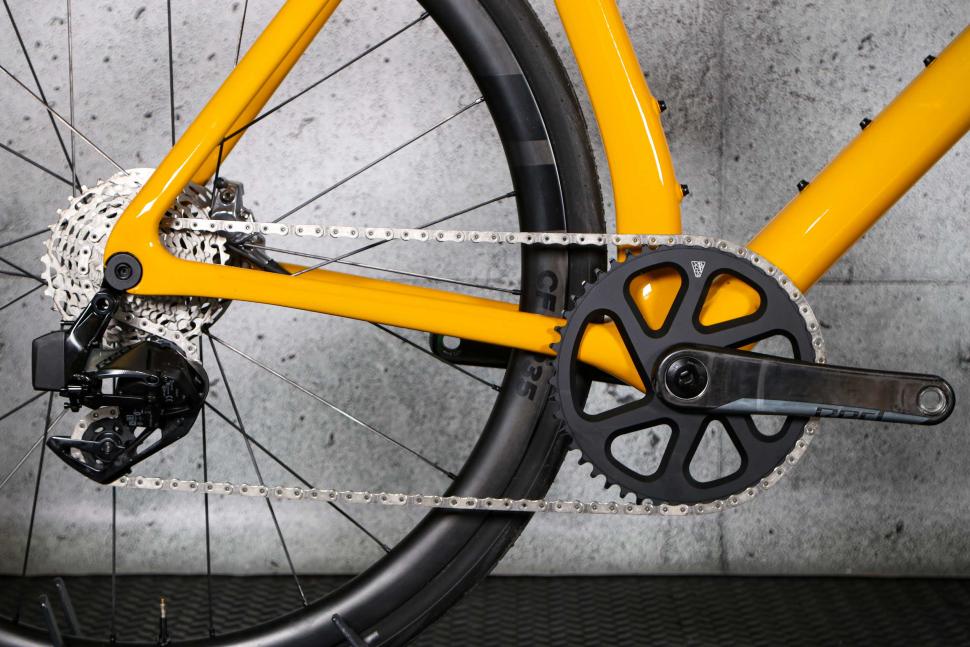


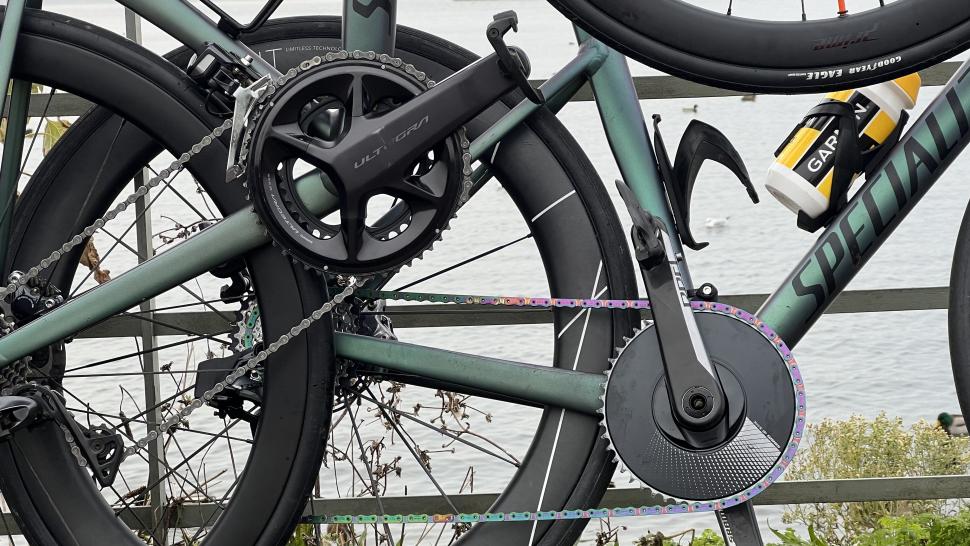
Add new comment
70 comments
How can you have a conversation about 1x and 2x and 'the future' without mentioning the new Classified internally geared rear hub?
https://m.youtube.com/watch?v=wU6S01uITB8
I run a 1*10 set up on my road bike. I love the simplicity and the range of gears isn't that different, so many duplicates in 2* and 3* systems anyway.
To each their own. I'm still in 2 x10 and 2 x 11 so not in a position to comment on 1x but not changing my setups any time soon.
I won't be changing to 1x, and I won't be moving to Classified, even if the cassettes no longer cost £100s each. I still have a triple on my 'racer' but that's used less than 10% of the time I use the Vitus Gravel - and that's not only because the cable disc brakes are so much better.
After watching the pros, I might be wondering if single chain rings are the future... or I might remember that pros have mechanics to switch chain rings (and cassettes) to suit each stage profile.
"In reality, 1x is not a perfect solution to road bike gearing, but then neither is 2x."
Agreed. Long live the triple!
Glory days totally not like today's whinge bags "omg I couldn't possibly have that extra 5 gram in weight ruining my time" 🤣🤣🤣
#peddling_unrealistic sponsored by UCI
The problem with triples was never the weight. It was finding a mechanic who could do a decent job adjusting them.
2x for real world riders is hamstrung by the constant copying from the pros who put out double or triple and more the watts of you and me, and going on from there, by the offerings of the component manufacturers.
Run a subcompact double like 44x26 with a 12-30 or something cassette and you have the perfect setup for every terrain and kind of riding you might do. (If you miss a gear allowing you to do sprints at 70km/h, you should try out as a pro).
I ride a triple too and when I was a stronger rider I used the whole range since it is hilly where I am.
But now I am (more) lazy both to ride fast and frequently clean the bike, I would definitely go for something 1x. And probably a Chinese brand like Sensah or Ltwoo to reduce costs, and I am sure that compared to my existing drivetrain it would probably seem like a Mercedes. But my existing drivetrain seems like a custom Rolls-Royce compared to the friction shifter era bike I started with, so my triple setup, if not big problems show up, has not real excuses to leave my bike, even if it gives me a little extra trouble in cleaning. I don't know though how marketing resistant I may be in the future.
Pages